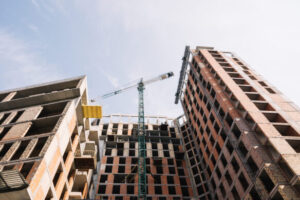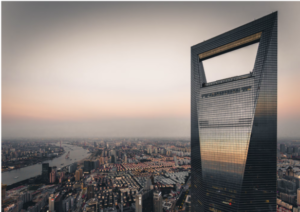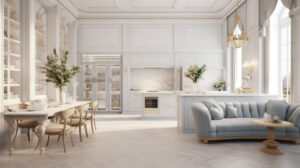Lighting plays a vital role in the way people experience and understand architecture. Whether buildings and structures are lit naturally or artificially, lighting is the medium that allows us to see and appreciate the beauty in the buildings around us.
Lighting can bring an emotional value to architecture – it helps create an experience for those who occupy the space. Without lighting, where would architecture be? Would it still have the same impact? No, it wouldn’t. Whether it’s daylighting or artificial lighting, light draws attention to textures, colors, and forms of a space, helping architecture achieve its true purpose. Vision is the single most important sense through which we enjoy architecture, and lighting enhances the way we perceive architecture even more.
To create a successful balance between lighting and architecture, it’s important to remember three key aspects of architectural lighting: (1) aesthetic, (2) function, and (3) efficiency. Aesthetic is where designers and architects focus on the emotional impact the balance of lighting and architecture will have on occupants. It’s where designers determine how they want people to feel when they walk around a space. This aspect is especially important for retail locations; exterior lighting should draw the consumer in, and the interior lighting should awe them as they walk through the doors in addition to showing off product.
The second aspect, function, cannot be overlooked. We want the lighting to look a certain way, but we have to also make sure it serves its most important purpose – to help us see. Areas should be illuminated so occupants feel safe when navigating a room or entire building. They should be able to see the floor and walls around them, which should create a feeling of reassurance.
The final aspect is very important in today’s age of green building and sustainability movements. It’s one thing to create a breathtaking lighting layout, but it’s another to create a breathtaking layout that is also incredibly energy efficient. This can be done by assuring the majority of the light is reaching its target and there is less wasted light. Reducing the amount of wasted light will make the building more efficient. An easy way this can be done is to install LEDs instead of fluorescent lighting. Because of the technology, there is less wasted light with LEDs than fluorescent due to the directional nature of LEDs.

Building materials are essential components that form the backbone of any construction project. They

While it’s safe to say that steel, bricks, and cement are essential for a building’s structural foun

Interior design can be defined as a comprehensive set of activities carried out based on the tastes